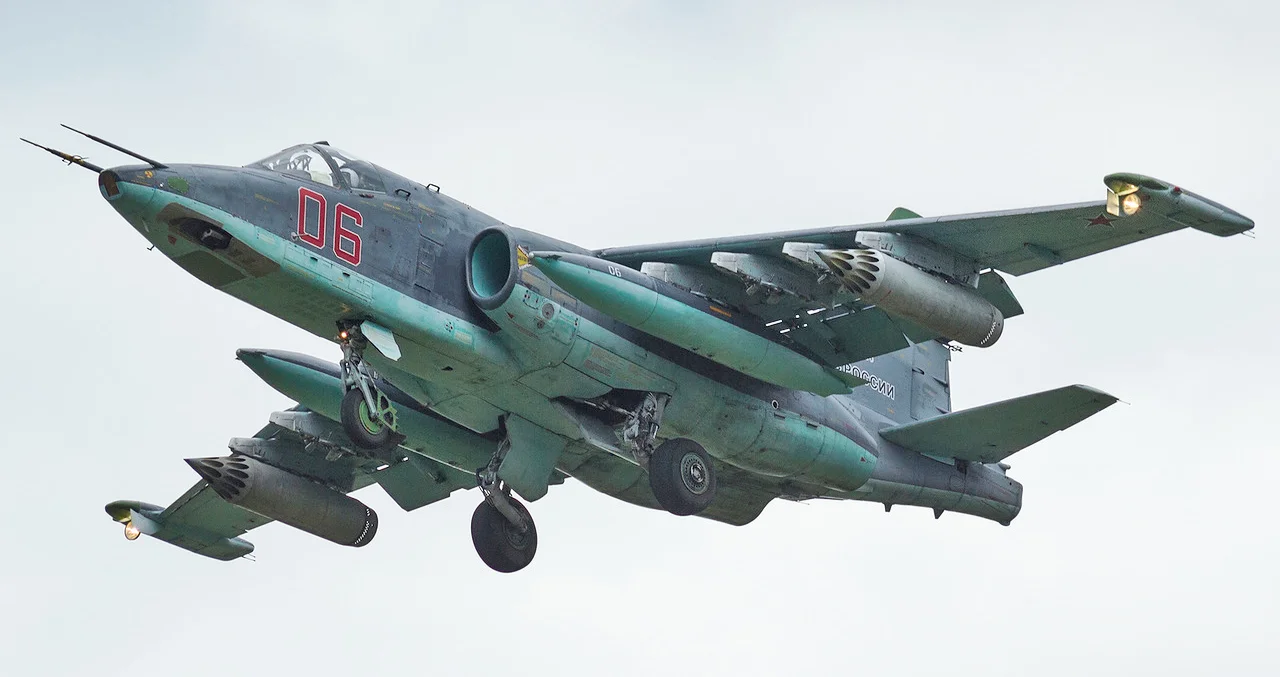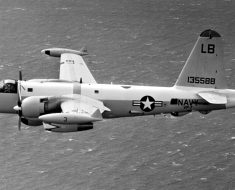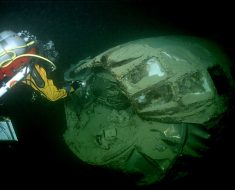On July 29th, 2022 it was reported that a Russian Su-25, or ‘Frogfoot’ to NATO observers, was taken down by a Ukrainian serviceman firing a surface-to-air missile. Despite starting its development as far back as the early 1960s, the Russian-made Su-25 continues to be employed in military air forces around the world today.
A trailblazing close-support aircraft, a look back on its past not only reveals a story of impressive innovation but also of involvement in many of the most controversial conflicts of the modern era.
Contents
Background
During the Second World War, Russia was the only Allied power to implement specialized close-support aircraft into its fleet. Shturmoviks, meaning Storm Birds, were drafted in to support ground troops by supplying essential covering fire.
The iconic Shturmovik was always a reassuring sight for Soviet troops advancing on enemy positions. It was a craft that was specifically constructed to provide tactical air support and was spearheaded by the Russians decades before the other great powers, who preferred to re-purpose planes designed for air combat into battlefield fighters.
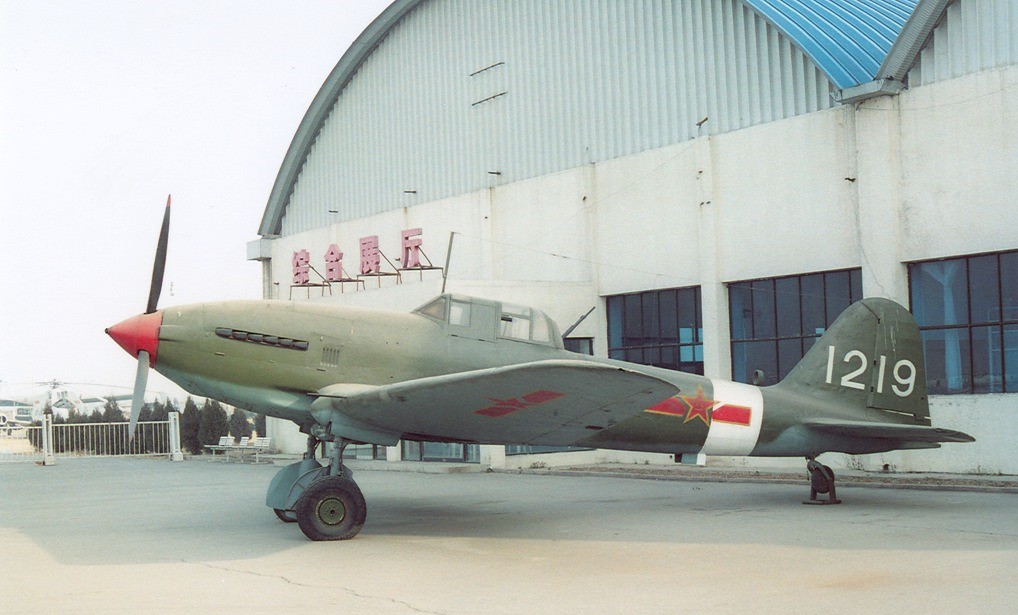
After the war had finished, the Kremlin was interested in creating a successor to the Shturmovik. In 1948 the Ilyushin OKB, or Experimental Design Bureau, was tasked with making a more advanced close-support craft that was jet-powered.
The IL-40 was unveiled a few years later, making its maiden voyage in 1953. It was a hulk of an aircraft, nicknamed ‘Brawny’ by NATO, that was manned by a pilot, a rear gunner who was housed in a heavily armored cockpit, and featured small bomb bays in the wings.
It also had four 23-millimeter cannons that could extend downwards as well as a tail turret fixed with a single cannon.
Read More: North American X-15 – The 4000 MPH Rocket Plane
Because of problems with the cannon interfering with the gun systems, the IL-40’s second prototype would be modified with engine intakes engineered to the nose, giving it the appearance of two nostrils.
The Il-40 was cancelled in 1956 by the direct orders of Premier Nikita Khrushchev, who wished to re-allocate funds towards improving the living standards of Soviet citizens and to focus on cheaper long-range missiles to defend the motherland.
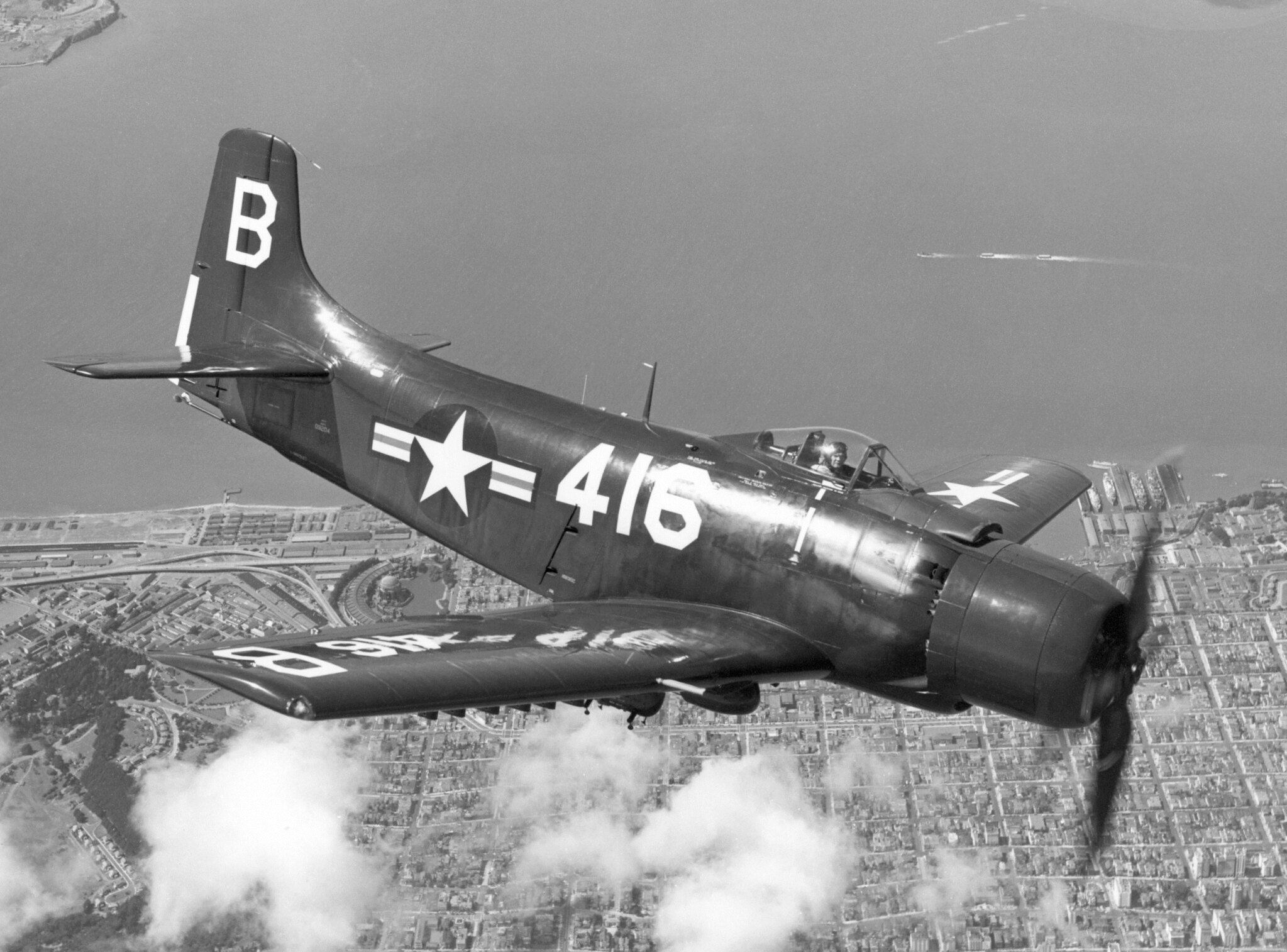
When America invaded Vietnam, they realized that slow-moving and heavily armed aircraft like the Douglas A-1 Skyrider were a lot more effective at killing targets in the dense jungles than supersonic fighter-bombers, which were often too fast to hit accurately.
As a result, the US Army launched the ‘Attack Experimental (AX) competition in March 1967 to produce the Fairchild A-10 Warthog, commissioned to rival the Soviet Shturmoviks.
In reaction, the Soviets revived the shelved Il-40 program in March 1968 at the same time as closely monitoring the progress of the American’s AX.
They launched their own Shturmovik competition in March 1969, receiving submissions from respected aeronautical companies such as Yakovlev, MiG OKB, Sukhoi OKB, and Ilyushin OKB, who were hoping to reclaim their spot as lead designers.
In the end, Sukhoi’s design, designated T8, won the prized contract much to the dismay of the Ilyushin OKB, who had failed to claw back the top position. Thinking their design was a lot better, they continued to develop their own version of the IL-40, camouflaging it from government officials by naming the project IL-102 and insisting that it was a ‘research aircraft’.
After decades of concealment they would finally exhibit it at the Moscow Airshow in 1992, but by then it had become outdated technology.
Design & Testing
Work on the T-8 was conducted at a facility located in Novosibirsk in the Eastern Urals, at State Factory 153.
The T8 was conceived by the Sukhoi design team led by Oleg Samolovich. It outlined an airplane that was to be powered by twin Ivchenko-Lotarev AI-25T engines which would give it a maximum speed of 500 miles per hour and range of 465 miles.

It would have the ability to take-off from low-quality airfields with runways as short as 120 meters long and to soak up major battlefield damage if necessary. It was going to be agile but also deadly, furnished with 2.5 tonnes of heavy weapons including an internal heavy cannon.
Progress was immediately put on hold however when Soviet Air Force generals voiced concerns over the T8, arguing it couldn’t carry enough and that it was too slow. They demanded that the payload be increased to 4,000 kilograms and that the aircraft have the capability of flying at least Mach 1 speed.
As a result, the construction of the first prototype was pushed back to August 1971 and featured several new redesigns that accommodated some of the generals’ requests. Thanks to a scale-up, the payload was indeed enlarged, but the team found it too difficult to build it with supersonic speed – although they did make the top speed faster.
Sukhoi also took inspiration from the Americans and considered copying many of the features that had been incorporated into the Fairchild A-10 Warthog.
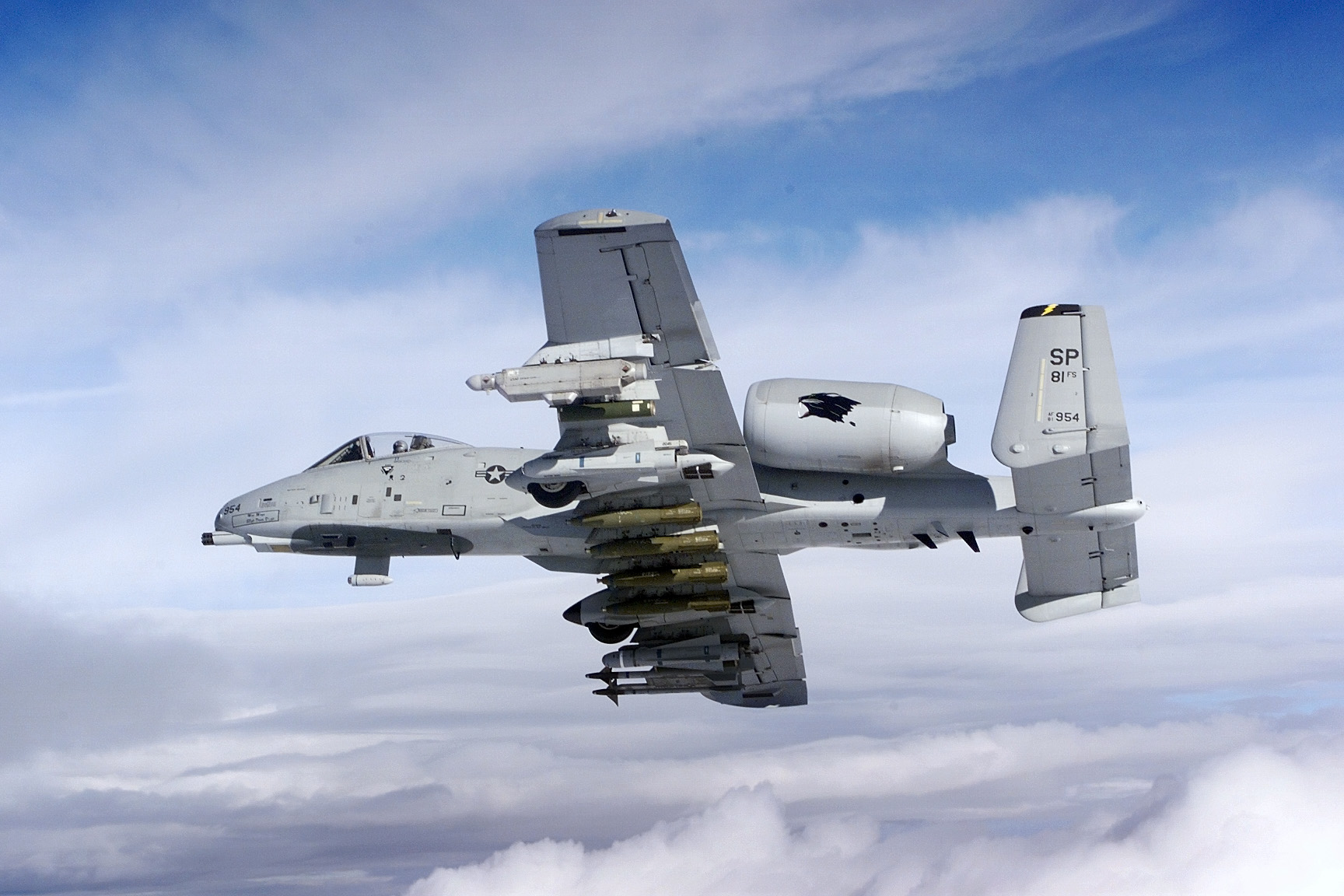
Engineers were impressed by the way the Fairchild’s engines, mounted in pods above the fuselage, were protected from heat-seeking missiles and other anti-aircraft weapons. However, tests revealed that this would create drag and reduce speed, and with the desires of higher command in mind, it was eventually dropped.
A directive sent from the Ministry of the Aircraft Industry in May 1974 formalized the construction of 2 prototypes, which were already in the process of being made unofficially.
The first model called the ‘T8-0’ was completed on September 12th, 1974, and was to be subjected to static examinations, and the second one named the ’T8-1,’ was finished in December of that same year and assigned for flight testing.
Read More: SR.45 Princess – The Largest Metal Flying Boat Ever Built
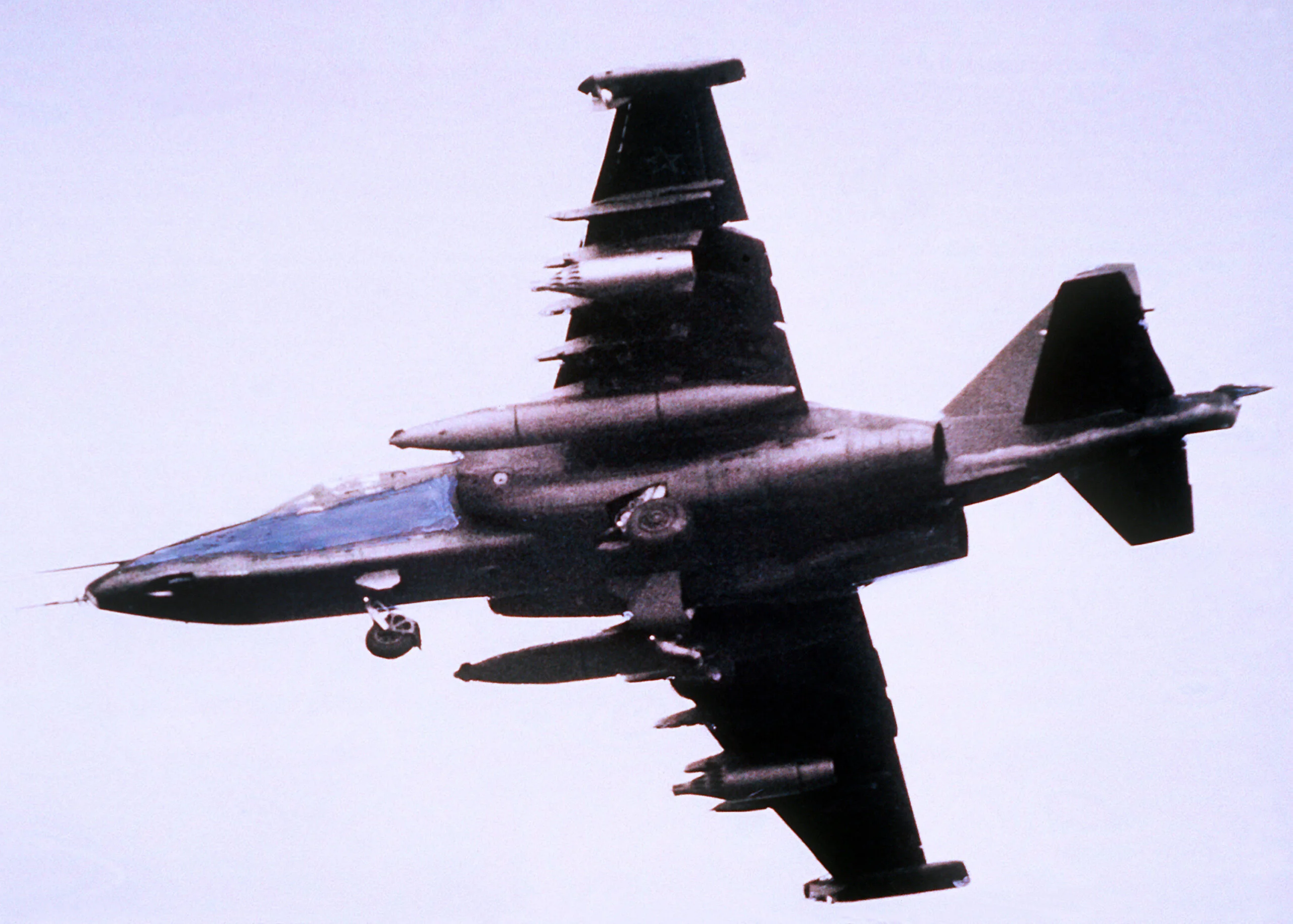
The maiden voyage of the T8-1, the first iteration of the Su-25, took place in February 1975 at the Zhukovskiy test center after being delayed for more than 2 months because of engine failures.
Its inaugural pilot was General Vladimir Illyushin, the son of Sergei Ilyushin, founder of the same Ilyushin OKB whose design had been overlooked by judges in 1969. The T8-1 was notable for its use of powerful twin Tumanskiy R-95Sh engines.
Another prototype called the T8-2 was flown in December 1975 and its successor, the T8-2D would become the closest version of the final product after being fitted in March 1976 with the trademark taller tail and wide-spanned wings characteristic of the Su-25.
It also had some defects that didn’t make the cut, such as its wingtip airbrakes which served only to disorientate the pilot rather than help with sharp turns.

It was at this point that work on the T8 came to the attention of the Americans and NATO, who had observed the T8-2 traveling over the Zhukovskiy test center.
It was thereafter known as Ramenskoye after a nearby town by the US, and as ‘Ram-J’ in NATO reports.
To finish the job off, the Sukhoi team decided to re-locate their operation to State Factory 31 in Tbilisi, Georgia because the manufacturing plant was deemed more suitable for planned future models.
In Georgia, a wide array of prototypes numbered up to T8-15 were produced, with its first real combat test set for Spring 1980. The T-8 was going to be examined in Afghanistan, which the Soviets had invaded in December 1979.
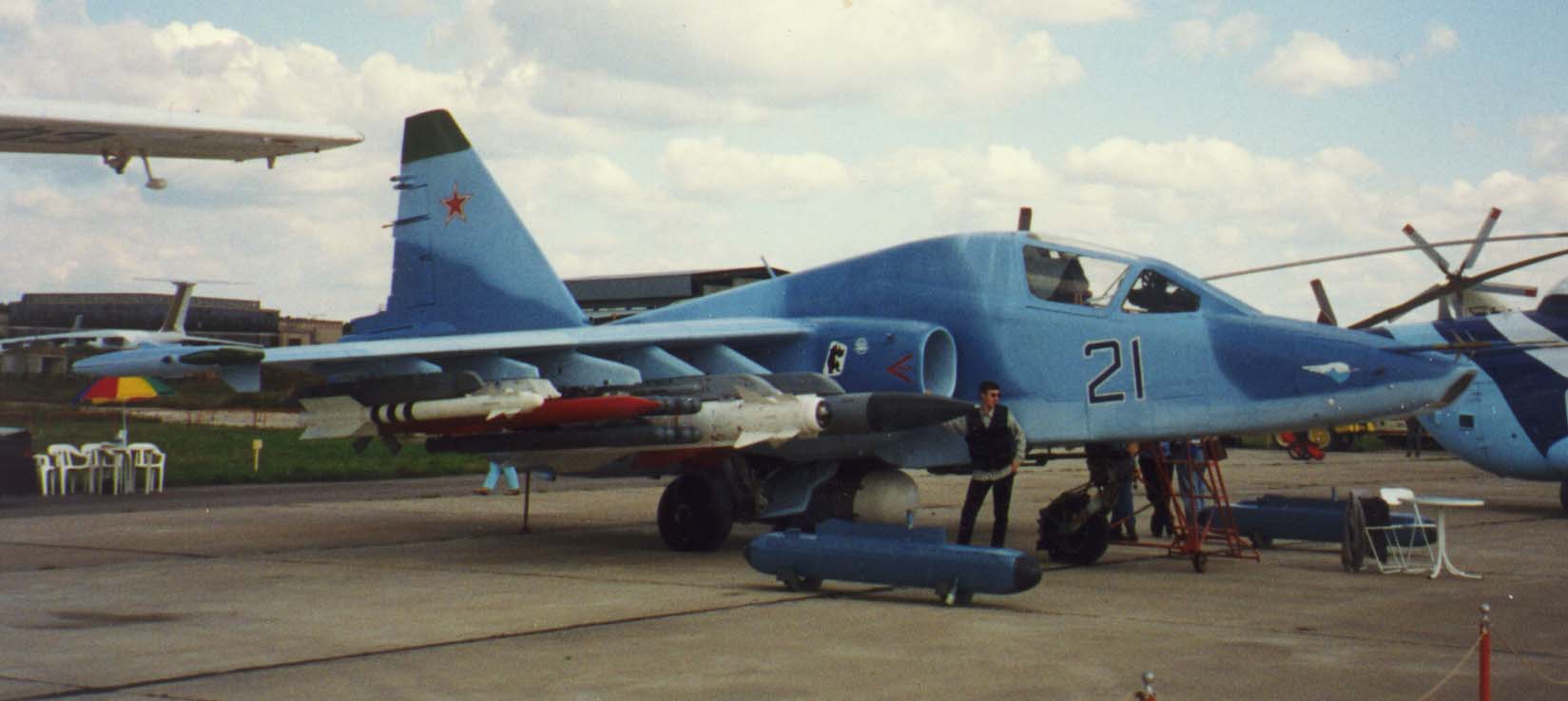
The T-8 performed well in the rugged terrain of Afghanistan, taking advantage of its maneuverability to launch precision strikes on Mujahedin targets nestled in hills and valleys. But the program also had its fair share of disasters.
The T8-1D was lost with the pilot safely ejecting during a dive in January 1980, and a pilot was killed in June 1980 when one of the prototypes fell apart.
Nevertheless, the program was a triumph, and the T-8, renamed the Su-25, would start assembly in Soviet factories from March 1981 with 582 being built in the initial batch.
Heavy Duty
The Su-25 was of conventional design, being made out of a mixture of aluminum, titanium, and steel and featuring a mid-mounted wing that was modestly swept and slightly drooped.
Its wheels and landing gear were crafted with heavy shock absorbers needed to operate in rough territory, and the nose wheel was protected from debris by a mudguard.
It was powered by a R-95 turbojet engine, with later editions installed with the stronger R-195 turbojet. It had two fuel tanks inside the fuselage and two more placed on each wing, all of which could contain 3,660 liters of fuel.
The craft was unable to mid-flight refuel, with all the fuel repositories sealed shut. It was controlled by a dual redundant hydraulic control system and was fitted with improved airbrakes.
The Su-25 was designed to shield the pilot from projectiles. The pilot sat in a cockpit safeguarded by a titanium bathtub assembly that could absorb multiple strikes from 20 to 23-millimeter shells, at the cost of limiting the pilot’s vision.
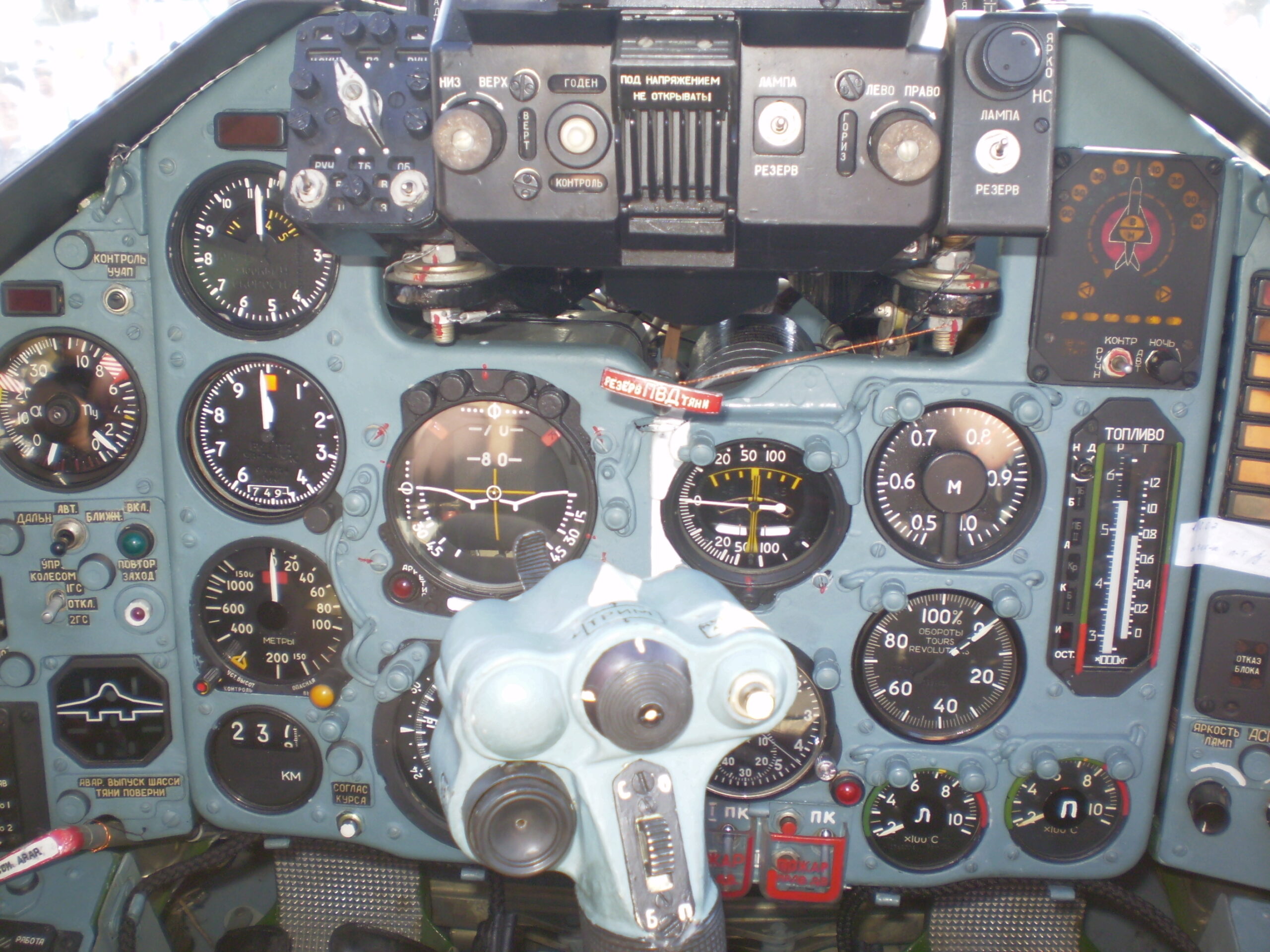
In fact, the only way the pilot could look behind him was by peering through a periscope that was pointed at the rear. Above the pilot’s seat, additional protection was added by a thick titanium armored plate, and the canopy of the plane was made from armored glass.
The Sukhoi crew even considered adding a pod underneath the wing that would house a maintenance crewman who could fix things on the go, but this was scrapped because it was too dangerous and a horrifically frightening experience for anyone unfortunate enough to try it.
Read More: Bristol Beaufighter – Night Stalker
The Su-25’s missiles were carried on 2 sets of 5 pylons located under each wing. It had a 30 millimeter cannon that carried 250 rounds of ammunition, and could use general purpose bombs such as RBK cluster bomb canisters and unguided rockets.
It was also outfitted with more advanced ‘smart’ weapons like the Klen-PS laser range finder, which locked onto enemies using an onboard computer system before launching a laser-guided bomb (LGB). The SU-25s usually implemented this system in pairs, with one illuminating a target with a laser and the other dropping an LGB on it.
Afghanistan
By early 1982, Su-25s were being sent to Afghanistan to help with the war effort, often working alongside Mil Mi-24 Hind helicopters to neutralize bigger targets.

During the conflict, it was given the name ‘Grach’, which meant ‘crow’, by Russian pilots who felt that it flew differently to the other ‘falcon’ fighters in their fleet.
As a result, Su-25s were often embellished with cartoon rooks and came to the relief of many appreciative Soviet soldiers warmed by its appearance over the horizon.
In Afghanistan, it was mainly armed with conventional ‘dumb’ weapons like unguided rockets and also twin-barreled GSh-23 23-millimeter cannons which had space for 260 rounds of ammo per pod and could be maneuvered 30 degrees downwards from the airplane’s central line.

It could provide rear fire cover by being mounted backward, a configuration that was particularly effective against the Mujahadin, who were discouraged from popping out of their cover and firing at the back of Soviet planes when they passed by.
Overall, the Russians flew 60,000 missions and lost 25 Su-25 throughout the invasion, with one being shot down by a Pakistani F-16 fighter after it entered Pakistani airspace illegally on the hunt for fleeing Mujahadin.
The American-made ‘stinger’ missile and its shoulder-launched surface-to-air missiles (SAMs), were responsible for many of the fatalities by consistently targeting one of the Su-25’s weaknesses.

The twin engines of the Su-25 were placed too close together so that when one was destroyed by a stinger the damage would spread also to the other engine. To counteract this, a metal protective sheet was placed between them and a fire extinguisher system was installed.
Despite its impressive record in Afghanistan, the Su-25 was not enough to stop the Soviets eventually withdrawing from the country in 1989.
Updates and Modern Usage
When the Soviet Union fell, the Su-25s were delegated to the newly independent republics, with Belarus getting 99, Ukraine 80, and small quantities given to others. 200 would remain in Russian service to serve in the Chechnya Wars of the 1990s, where they undertook thousands of missions at a loss of 9 aircraft.
The Russians would continue to improve the Frogfoot and then sell them to other states for a profit. They sold 12 of the later Su-25K versions to the government of Angola, 40 to Bulgaria, 73 to Iraq, and 36 to North Korea.
Read More: Tupolev Tu-128 Fiddler – The Bomber Sized Fighter
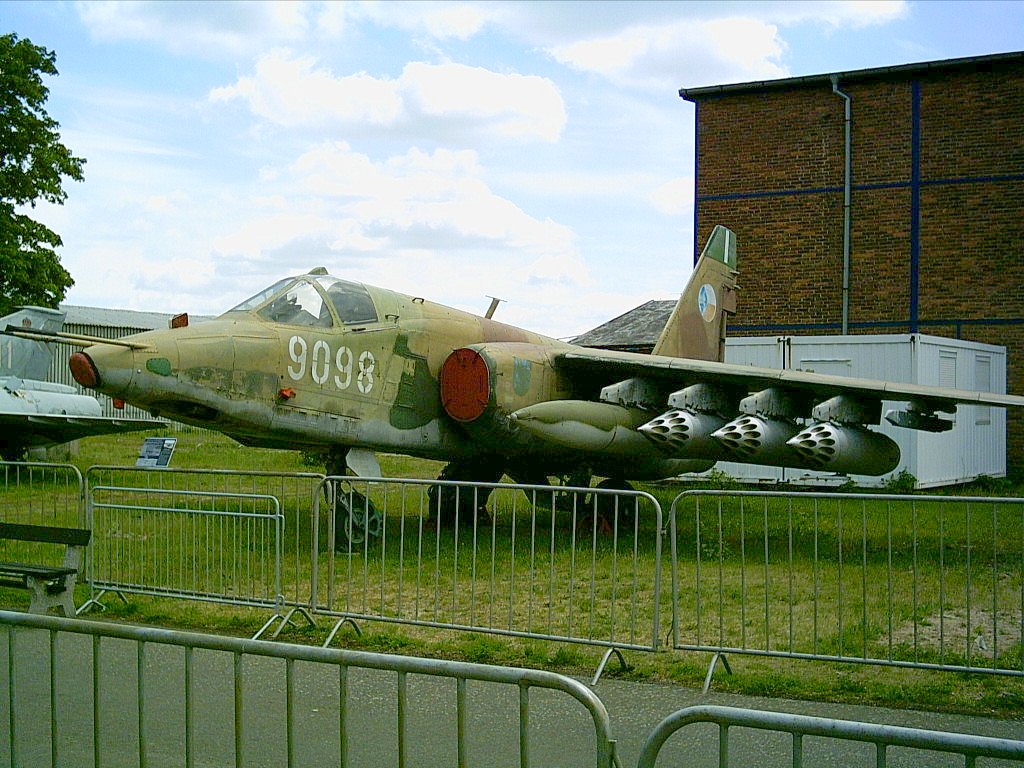
During the Second Gulf War, most of Iraq’s Su-25s were destroyed by airstrikes while they were still parked on the runway. In addition, they also sold 10 to the Congo, 4 to Ethiopia, 10 to Eritrea, 4 to Macedonia, 2 to Niger, and 12 to Peru. In Peru, they used Su-25 cannon fire to take down aircrafts stuffed to the brim with drugs.
The Su-25s were modernized from 1998, being fitted with a modern cockpit, a digital Panther navigation-attack system, and the components needed to fire the latest Russian-guided missiles.
By 2014 the Su-25 had experienced 80 operational upgrades. In the 21st century, updated Su-25s saw action in Georgia after Russia’s 2008 invasion, in Iraq during the 2014 campaign against Islamic State, and in the Syrian Civil War when the Russians intervened in 2016.
Read More: Mil V-12 – The Biggest Helicopter Ever
More recently, Su-25s were used on both sides of the Ukraine-Russia War in the ground attack role. Frogfoots are currently sitting at the top place in Russia and Ukraine for total confirmed fixed-wing losses.
If you like this article, then please follow us on Facebook and Instagram
Specifications
- Crew: 1
- Length: 50 ft 11 in (15.53 m) (including nose probe)
- Wingspan: 47 ft 1 in (14.36 m)
- Height: 15 ft 9 in (4.8 m)
- Empty weight: 21,605 lb (9,800 kg)
- Max takeoff weight: 42,549 lb (19,300 kg)
- Powerplant: 2 × Soyuz/Tumansky R-195 turbojet engine, 9,930 lbf (44.18 kn) thrust each
- Maximum speed: 606 mph (975 km/h)
- Maximum speed: Mach 0.79
- Range: 620 mil (1,000 km)
- Service ceiling: 23,000 ft (7,000 m)
- g limits: +6.5
- Rate of climb: 11,400 ft/min (58 m/s)

